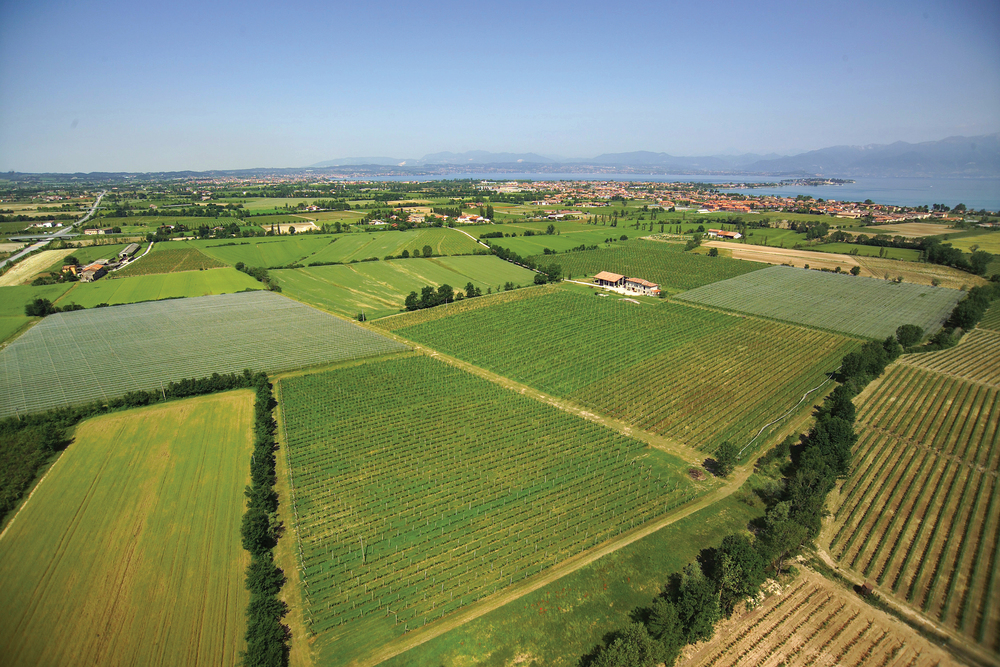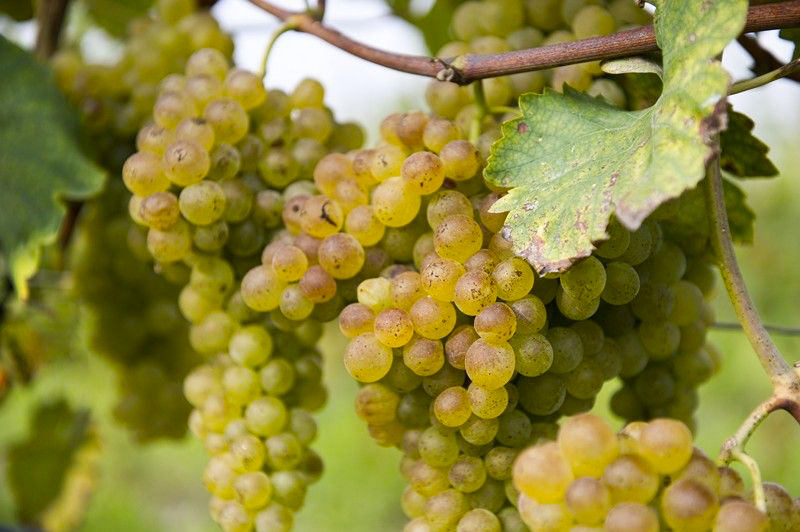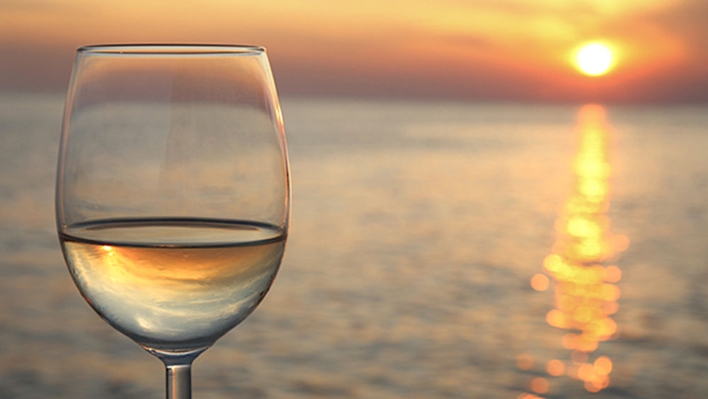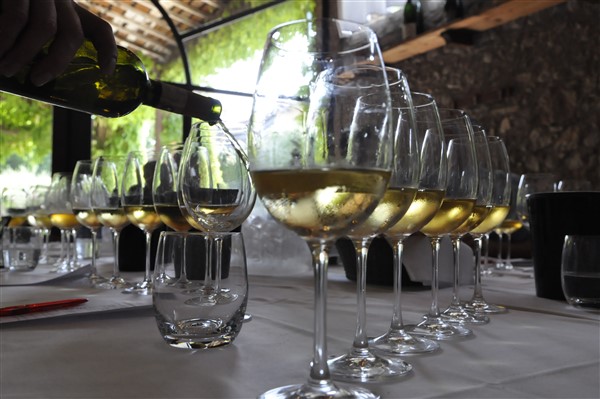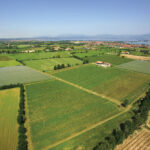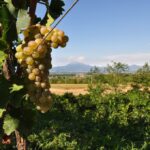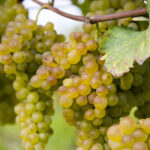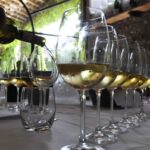Lugana DOC Wine Region
The Lugana wine production area extends into the central and gentle area of the moraine amphitheatre which closes Lake Garda to the south, between the municipalities of Desenzano, Lonato, Sirmione, Pozzolengo and Peschiera.
Here the soil, deposited during the last ice age, characterized by the high presence of minerals has a thick clay layer just below the surface. The presence of this layer led, during the prehistoric stages, to the formation of numerous marshes interspersed with dense forests. The name Lugana can be traced back to the Latin term locus which means woodland. The area has traces of pile-dwelling settlements dating back to the Bronze Age where the archaeologists discovered items testifying to the agricultural activities of the ancient inhabitants. To mention the discovery, at the pile-dwelling settlement of Lavagnone, of what is today the oldest plough that has come down to us, dating back to the beginning of the second millennium BC. and of Vitis Silvestris pips in a pile-dwelling site near Peschiera.
Then from the twelfth century, the Benedictine monks, who founded three monasteries in the area, began to deforest the land and to reclaim the marshes, but it was towards the end of the fifteenth century that, thanks to the agricultural policies of the Republic of Venice, this area was completely converted to agriculture. In 1596 we have the first testimony of Trebulani white wines, that is made from Trebbiano di Lugana or Turbiana grapes, in the book De Naturali Vinorum Historia by the physician and naturalist Andre Bacci.
The Turbiana grape compared to the other Italian Trebbiani has a more limited production which finds its ideal cradle in this area characterized by slight temperature variations between day and night and by the constant presence of ventilation, guaranteed by the periodic winds that blow from north to south and vice versa along the lake, which helps to keep plants dry especially during the vegetative phase.
Lugana DOC wine has various varieties but all based on the predominance of the Turbiana grape whose presence must be at least 90% and to which other non-aromatic grapes can be combined for the remaining 10%, even if it is often vinified in purity.
Lugana DOC has a pale straw yellow colour that can have slight greenish reflections, the flavour is dry and mineral and has a delicate aroma.
Often the grapes are gently pressed in an oxygen-free environment, in some cases, the skins are immediately separated from the must, in other cases, they are left for a short maceration. After fermentation, ageing in steel often takes place by leaving the wine in contact with its yeasts instead of proceeding with filtration. After about six months, it is bottled.
With an ageing of at least one year partly in steel and partly in wooden barrels, we speak of Lugana Superiore DOC (introduced in the specification in 1998), if it ages at least 24 months of which at least 6 in the bottle can be called Lugana Riserva DOC ( introduced in the specification in 2018).
Already in 1975 Lugana Spumante DOC had been introduced, obtained both with the Classic method or Charmat, which, for many years, was a consolidated but fairly small production. In recent years, given the growing demand for sparkling wines, many wineries have increased the number of bottles produced.
With a harvest between the end of October and the beginning of November, leaving the bunches on the plant for a light drying, grapes are richer in sugars the wineries produce the wine Lugana Vendemmia Tardiva DOC, softer and denser than a Classic Lugana but without the excessive sweetness of raisin wines.

